Plaster
Even a novice craftsman can putty and plaster slopes on his own, but patience and accuracy will be required. The plaster can be regular or decorative, matching the color of the walls or contrasting, covering only the slopes themselves or extending to the walls and ceiling.
The plaster layer should not be thicker than 2 cm, otherwise it will crack and crumble, so if your slopes are very crooked, it is better not to suffer – lay them with sheets of moisture-resistant plasterboard, and then paint.
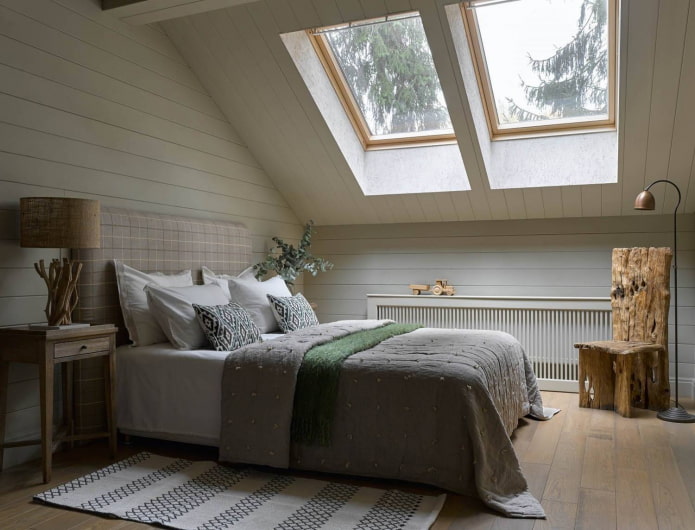
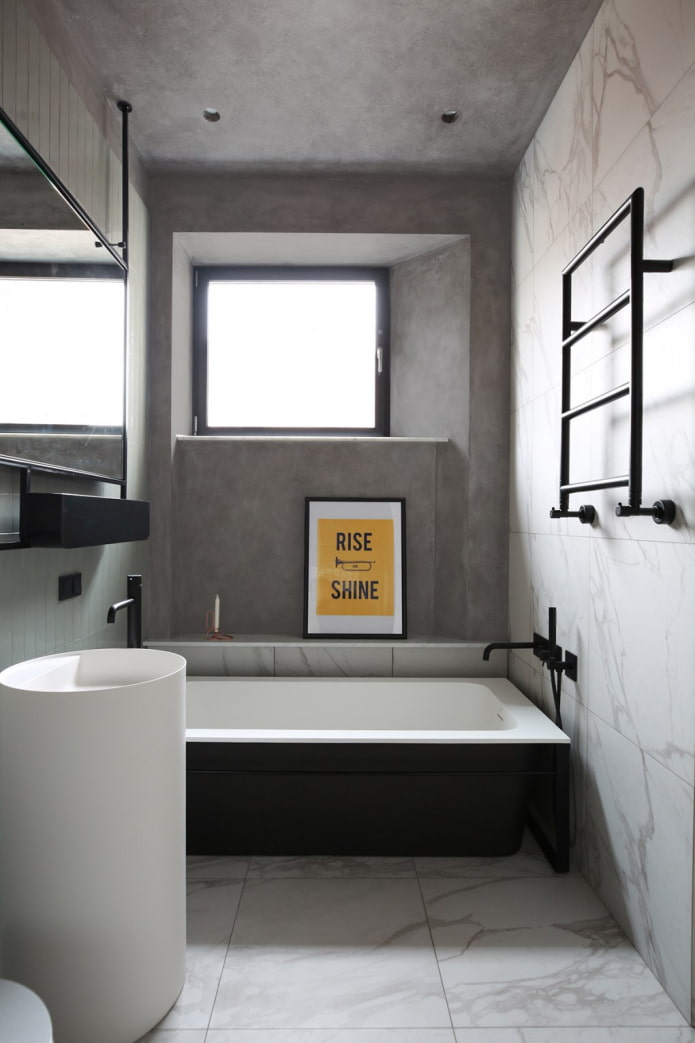
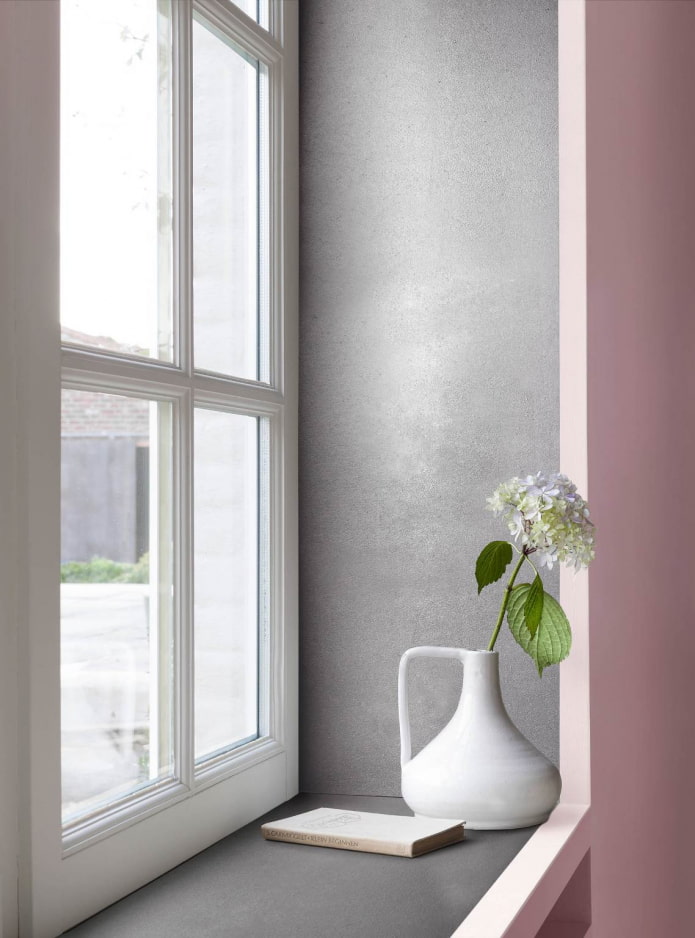
Paint
By covering the entire window group, the radiator and the wall behind it with paint of the same color, you will achieve a useful effect: the windows will seem larger, and the ceilings ― higher. For this purpose, it is better to use light tones on a bright background, and if there are no complaints about the size of the window openings, you can dare to use a darker accent.
If you want to achieve the impression of maximum spaciousness, paint the slopes with snow-white glossy paint. It will shimmer in the rays of the sun and softly diffuse the light around the room.
An everlasting trend is simple white walls and slopes of a pleasant, discreet shade, repeated in the interior. It is good to add contrasting ceiling and floor coverings to this tandem, but then the house should have high ceilings.
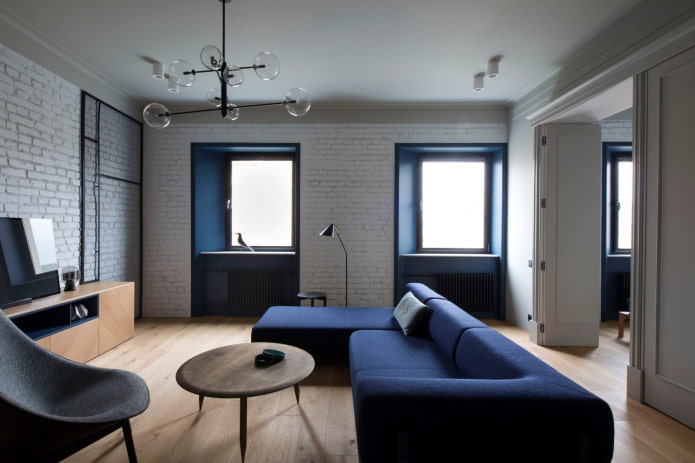
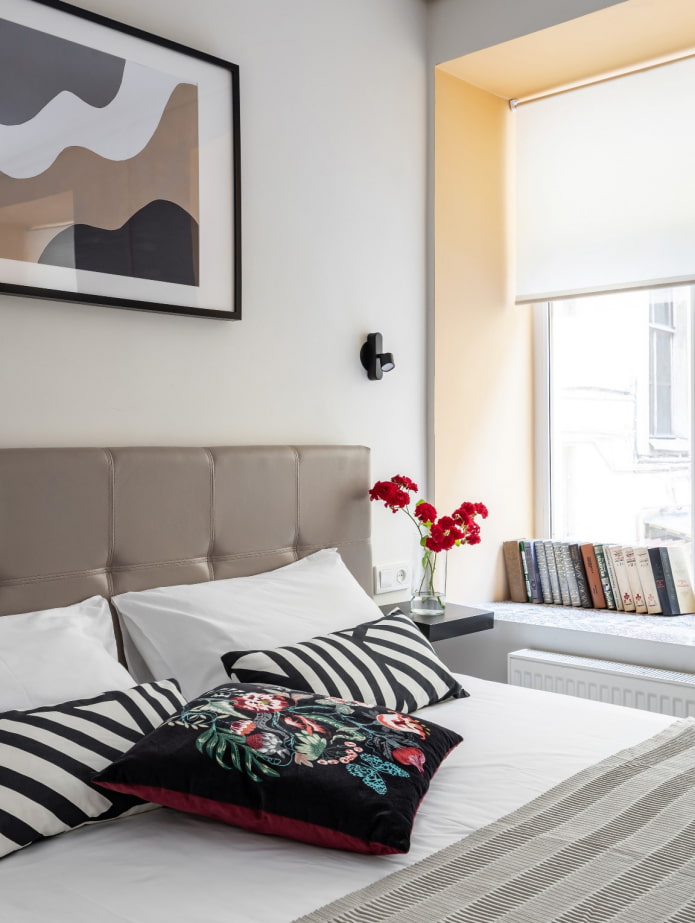
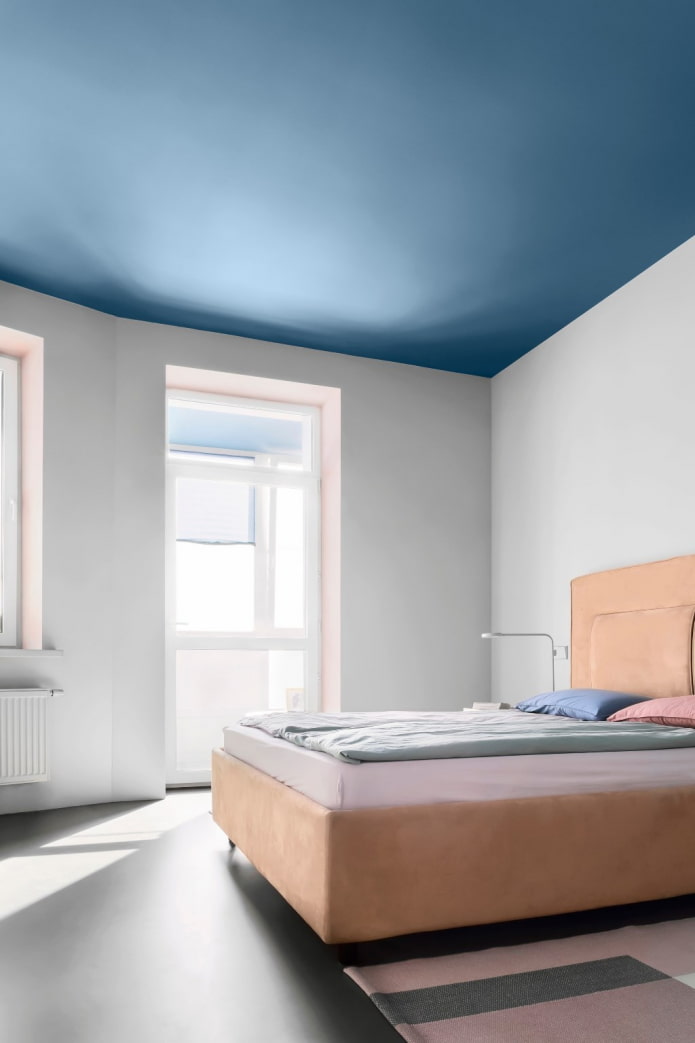
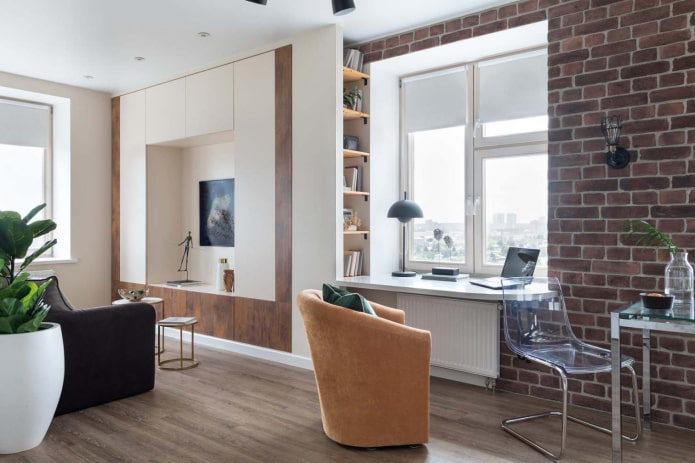
Wallpaper
Internal slopes filled with putty or covered with plasterboard can be pasted over with wallpaper, and not necessarily the same as the one chosen for finishing the walls. These can be moisture-resistant vinyl or non-woven fabrics with an interesting texture and a harmonious shade.
An original technique is to turn window slopes into a colorful border using wallpaper with a pattern. This solution is perfect for a kitchen, dining room or children’s bedroom.

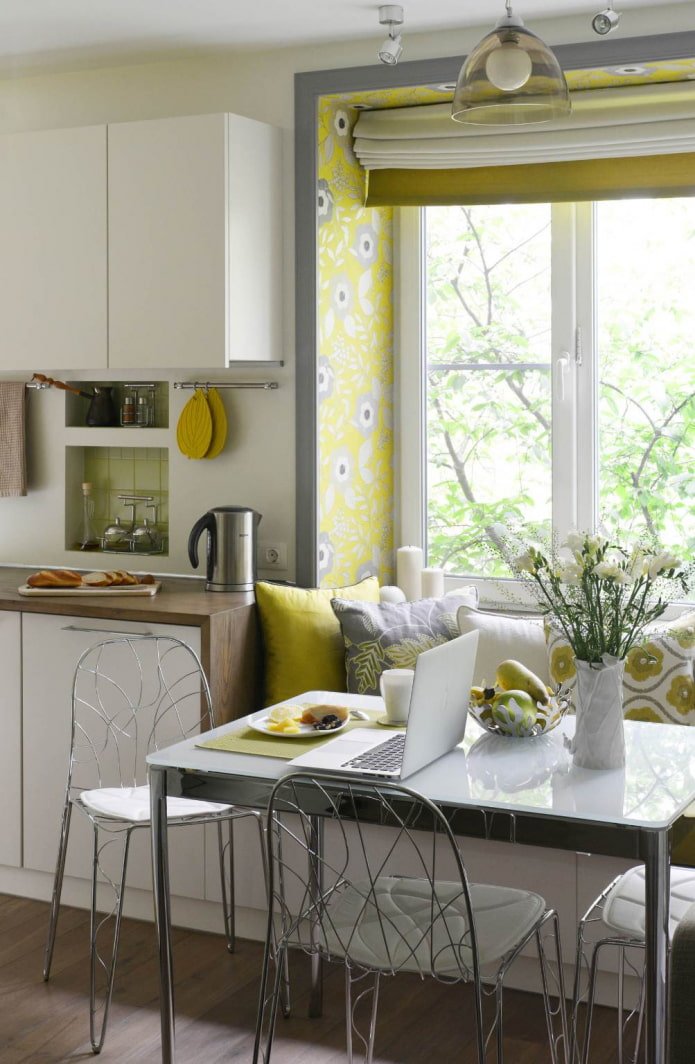
Wood
If the windows themselves are made of wood or it is used in the decoration, it is logical to install wooden slopes and a window sill. To protect against high humidity, it is necessary to treat it with a special compound.
You can solve the problem of window decoration with the help of furniture that goes around its perimeter: a bookcase, a wall unit, a kitchen set. To emphasize the integrity of the composition, paint the surface in an expressive color or varnish it.
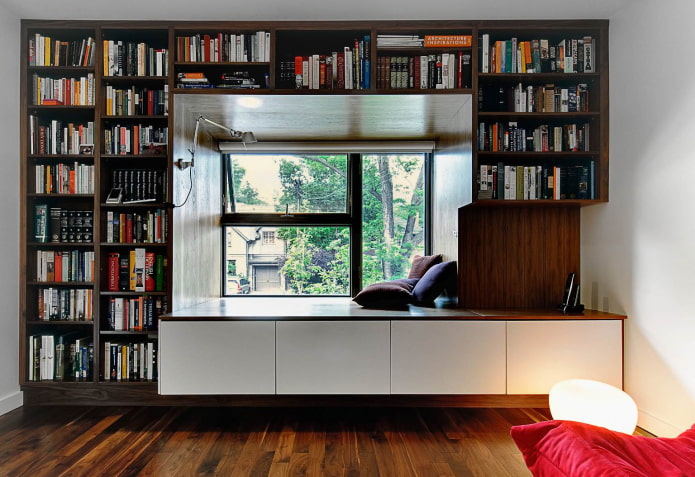
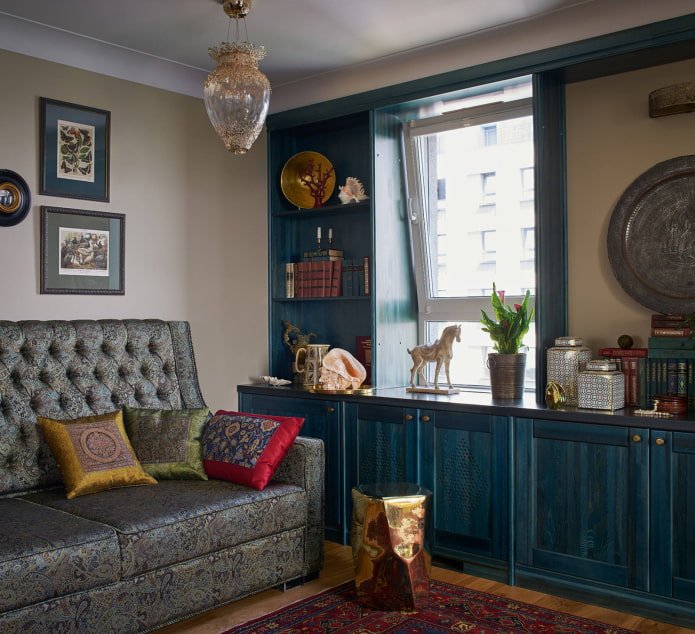
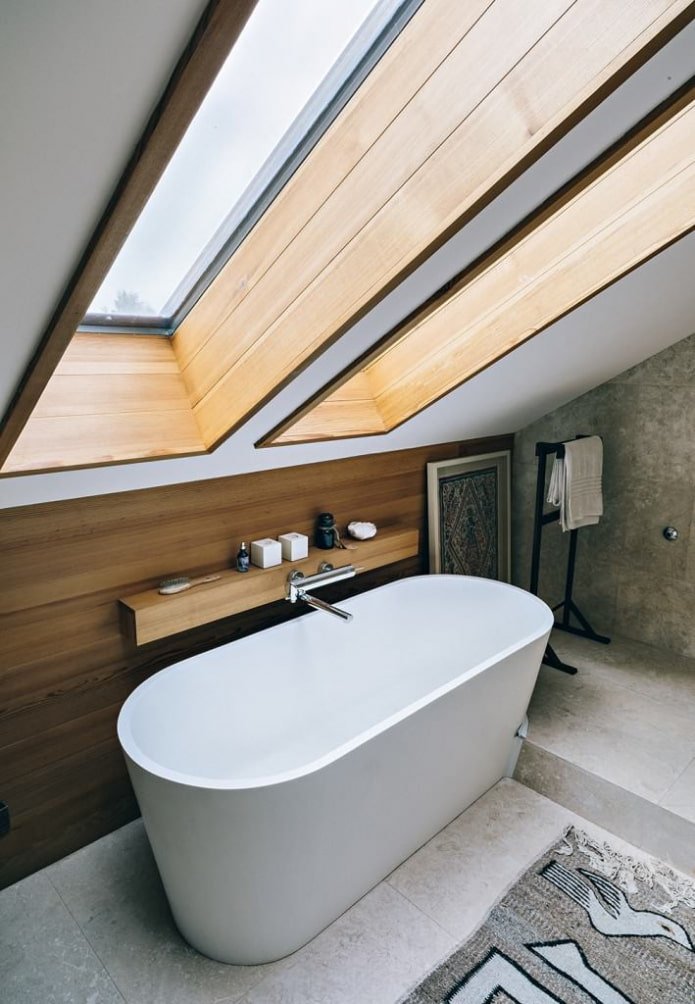

Brick
In a brick house, it is not necessary to finish the internal slopes if you decide to design the interior in an industrial style. Devoted loft fans, in the absence of brickwork, are forced to imitate it.
To enhance the feeling of carelessness and roughness, “dirty” the brickwork with plaster, and if you want to soften the effect, cover it with paint in a calm shade: white, brown, gray.
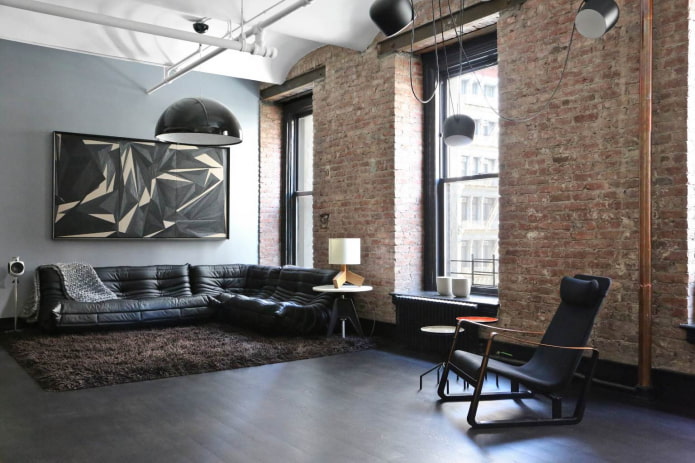
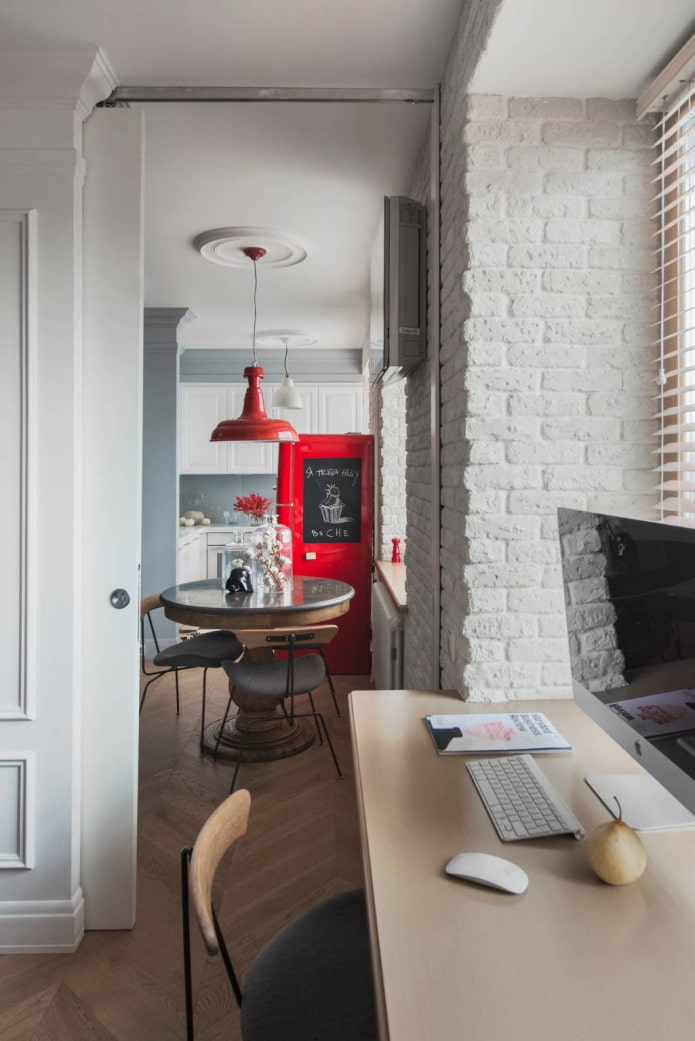
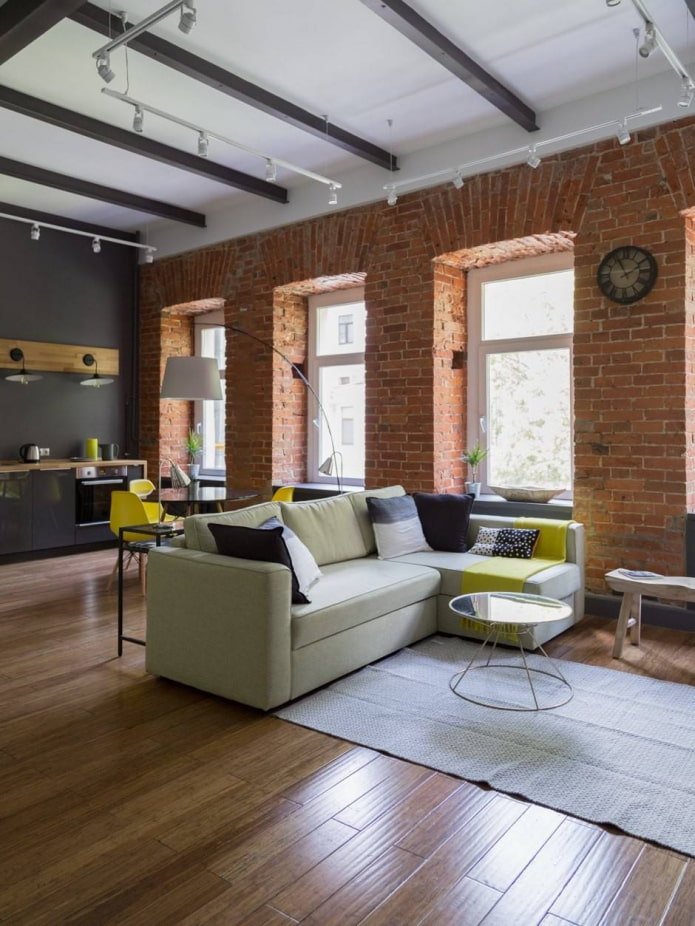
Moldings
These are the convex strips that are used to decorate openings and wall panels. If moldings are present in the interior, they will look harmonious on the windows. Paint the details in a bright color and repeat it in the baseboards or door frames.
A spacious room in a classic style can be made respectable and elegant with the help of a dark molding window composition, and if the window is tiny and the ceiling is low, it is better to opt for white and at the same time hide the radiator.
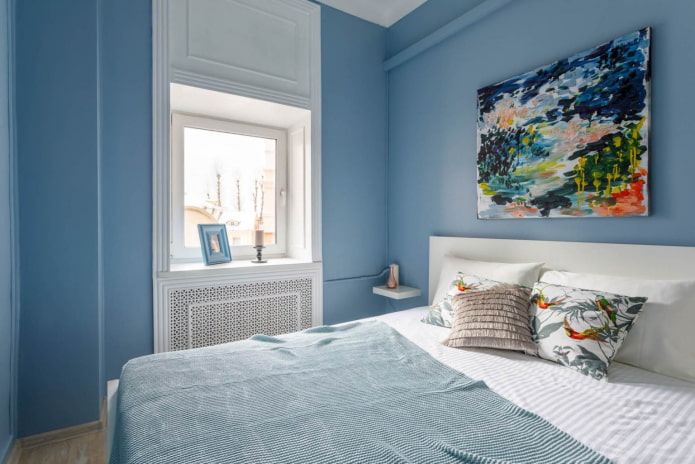
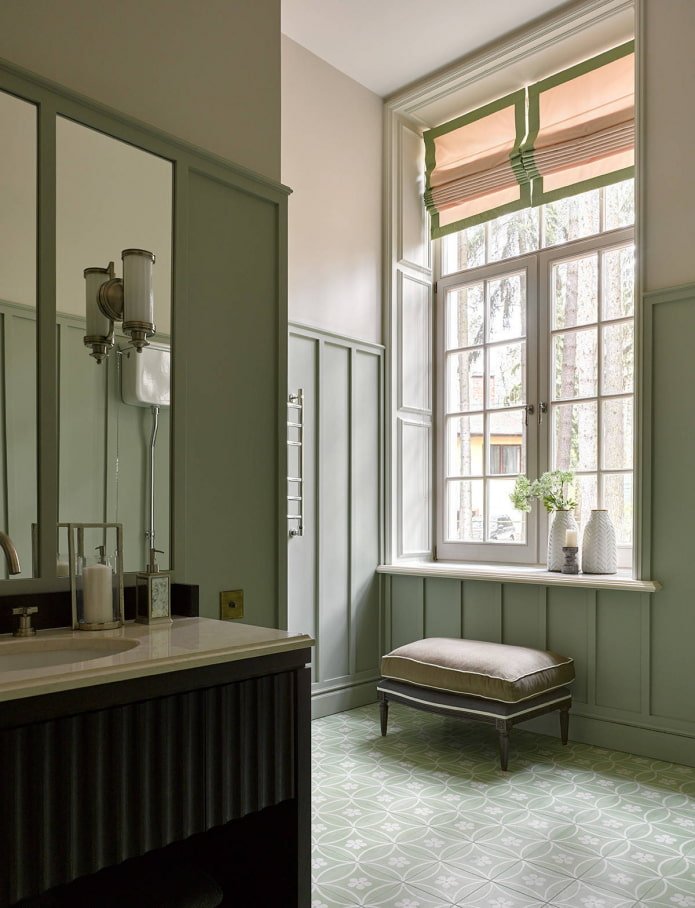
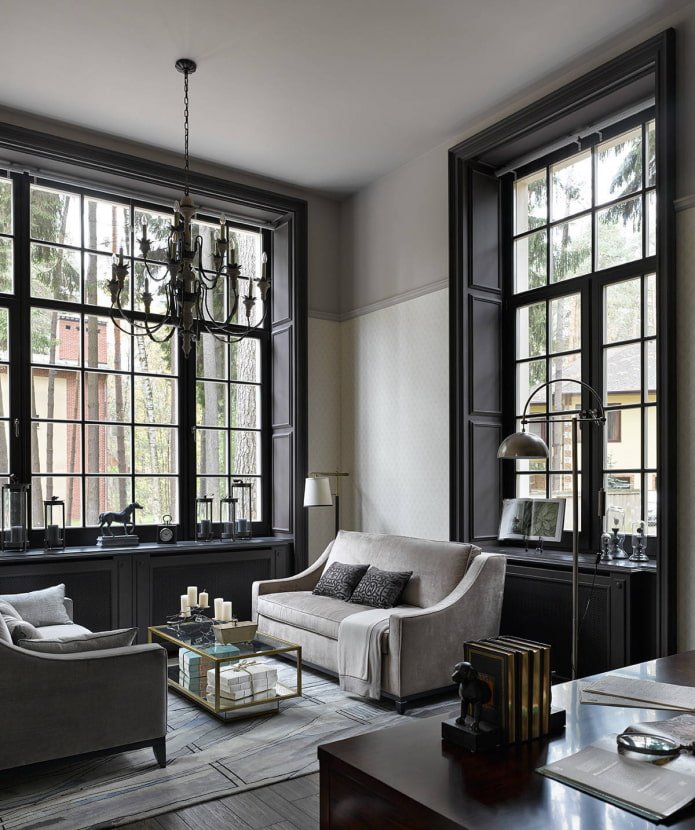
Stone
If you decide to install a window sill made of natural or artificial stone, decorate the slopes with the same material. They will look solid and will also last a long time, because both composite and natural minerals are very durable, not afraid of dampness and fungus.
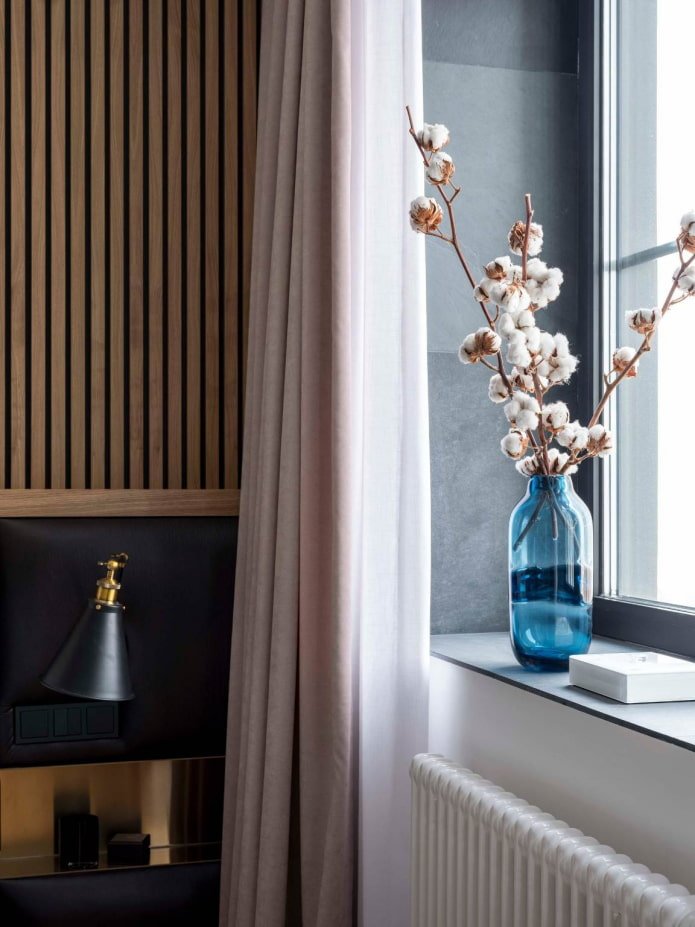
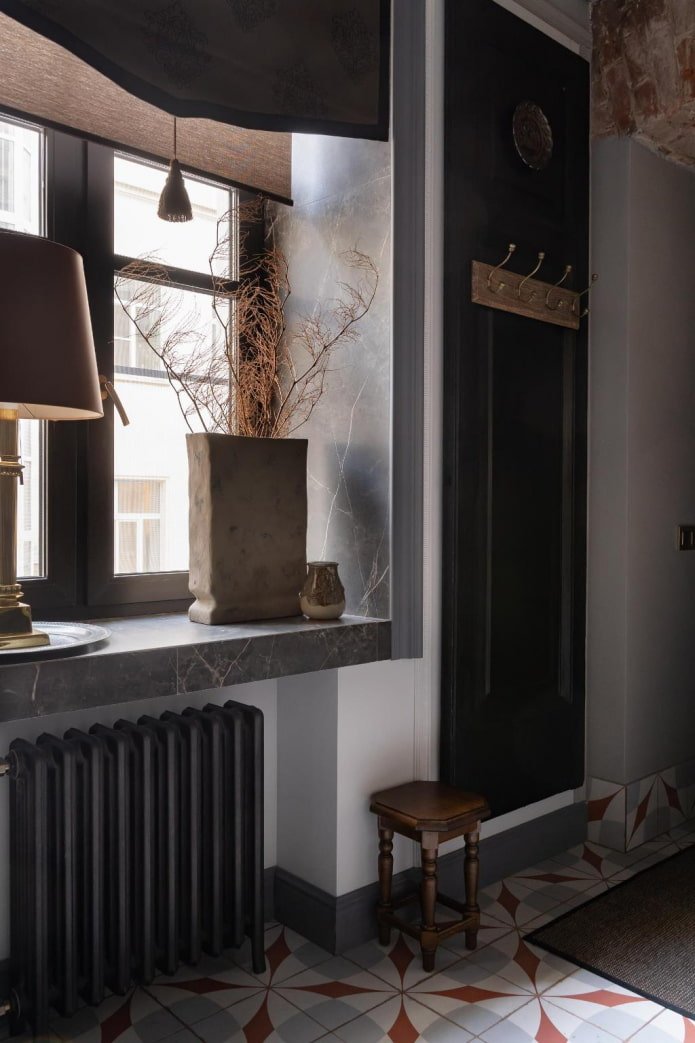
Mosaic
Window openings in restrooms and kitchens look beautiful framed by mosaics, especially if it is already present somewhere in the decoration, for example in apron, around the bathtub or above the sink.
Mosaics are convenient for finishing slopes because they are small and do not require a perfectly flat base. But if desired, these places can be laid with ordinary ceramic or porcelain tiles, but you will have to choose, on the contrary, large ones to avoid joints and trimmings.
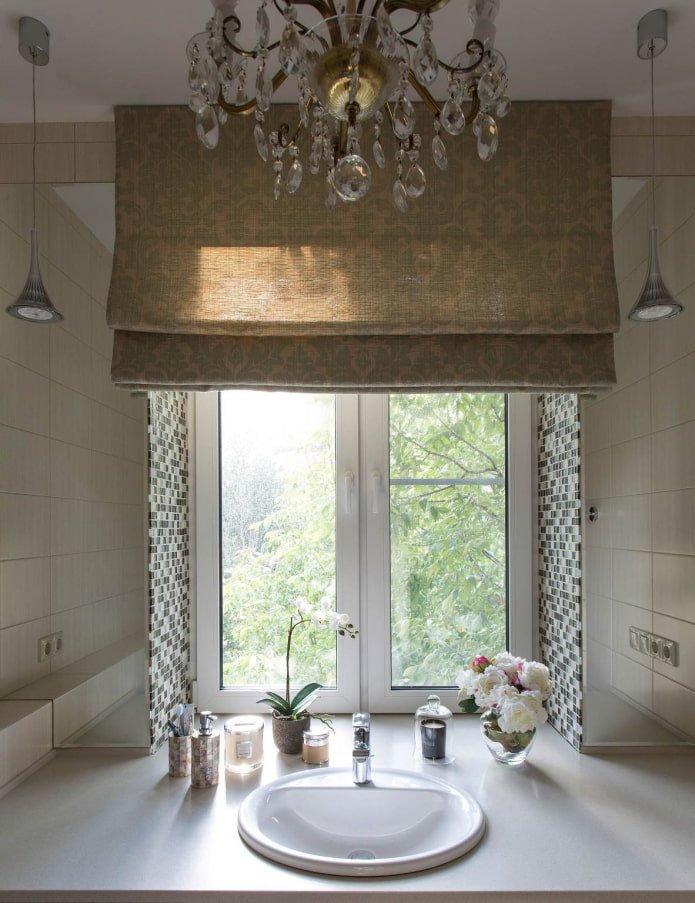
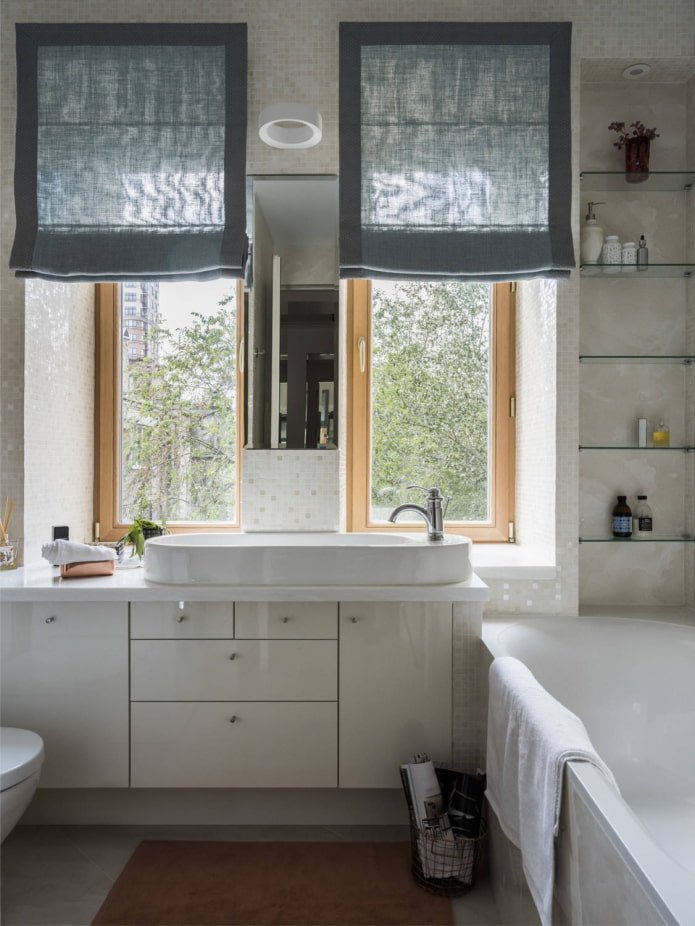
Stucco molding
Internal slopes can be so self-sufficient and attractive that there will be no need for a curtain. Decorate them with an unusual pattern or stucco frame to turn them into the main design accent of the interior.
Additionally, play up the rich pattern of stucco in ceiling plinths, window cornices or door frames.
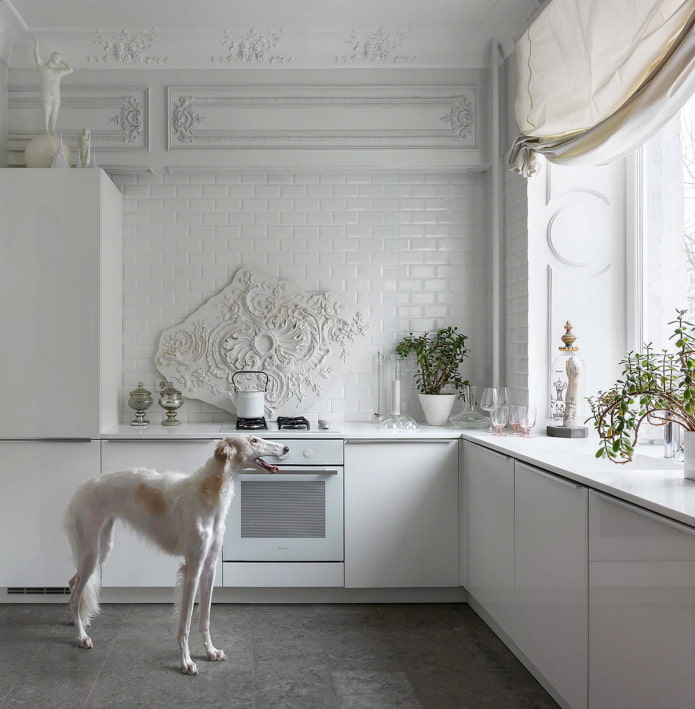
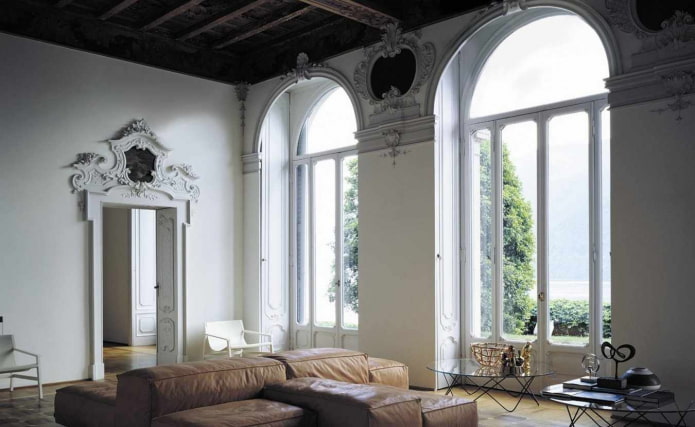
Painting and decorations
If you have artistic talent, slopes can be painted by hand, and If you are not confident in your abilities, use a stencil or decorate this place with decorative objects: small paintings, art installations or framed photographs.
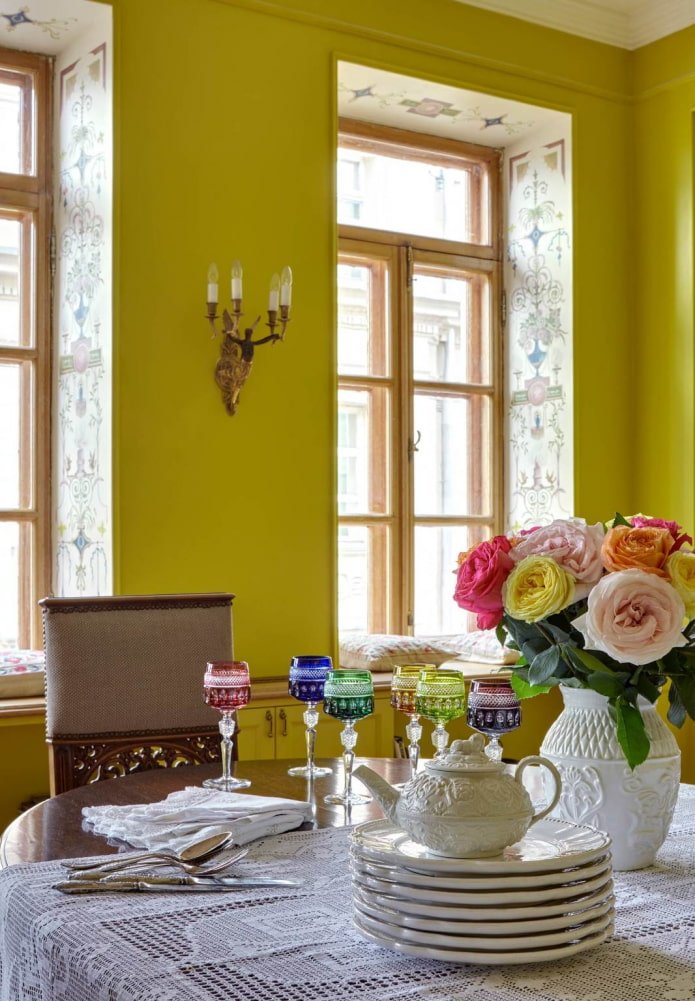
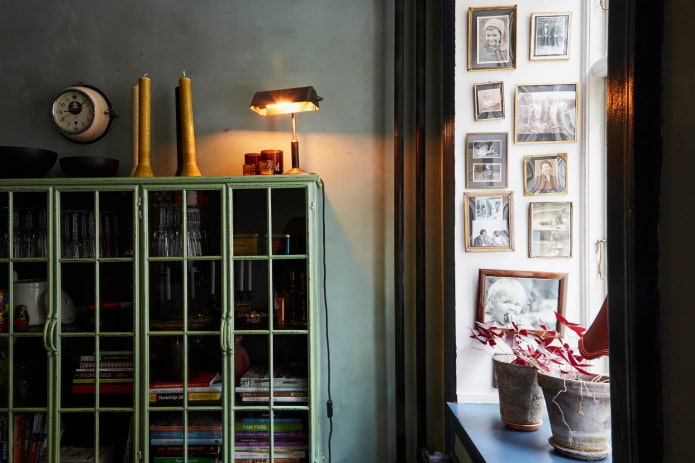
Now reading:
- Hyundai i20: A Compact Car That Redefines Style and Performance
- stylish ideas for creating address plates that reflect the excellent taste of the owners.
- Self-gluing non-woven wallpaper: step-by-step instructions with photos and videos
- Vinyl wallpaper for walls: how to choose, types and more than 50 interior photos
- Gray Wallpaper in the Interior: 101 Stylish Photos and Creative Design Ideas